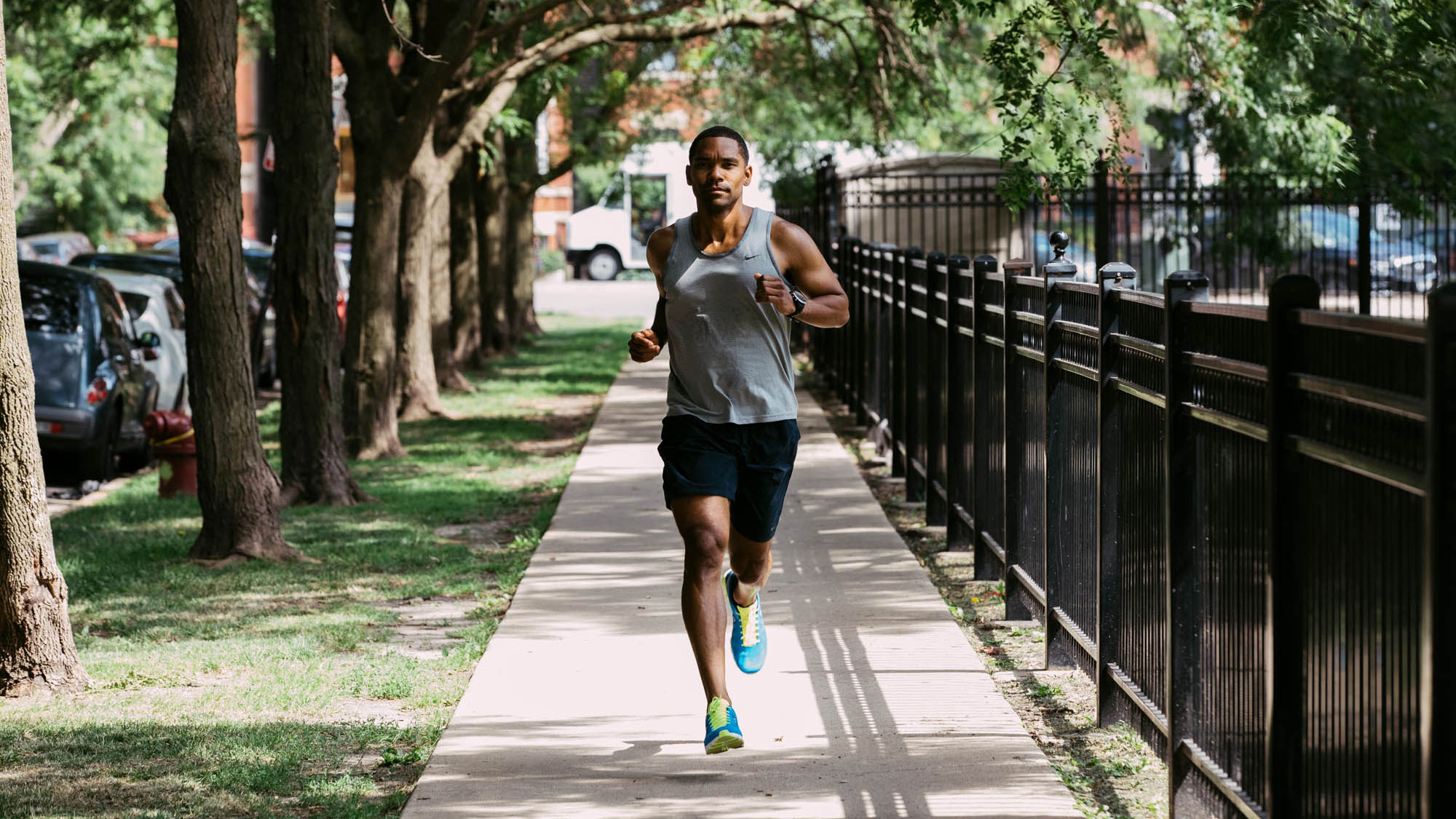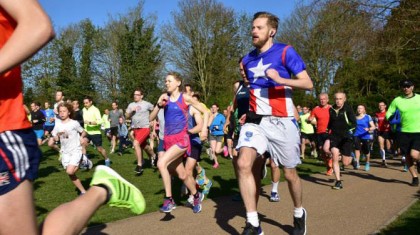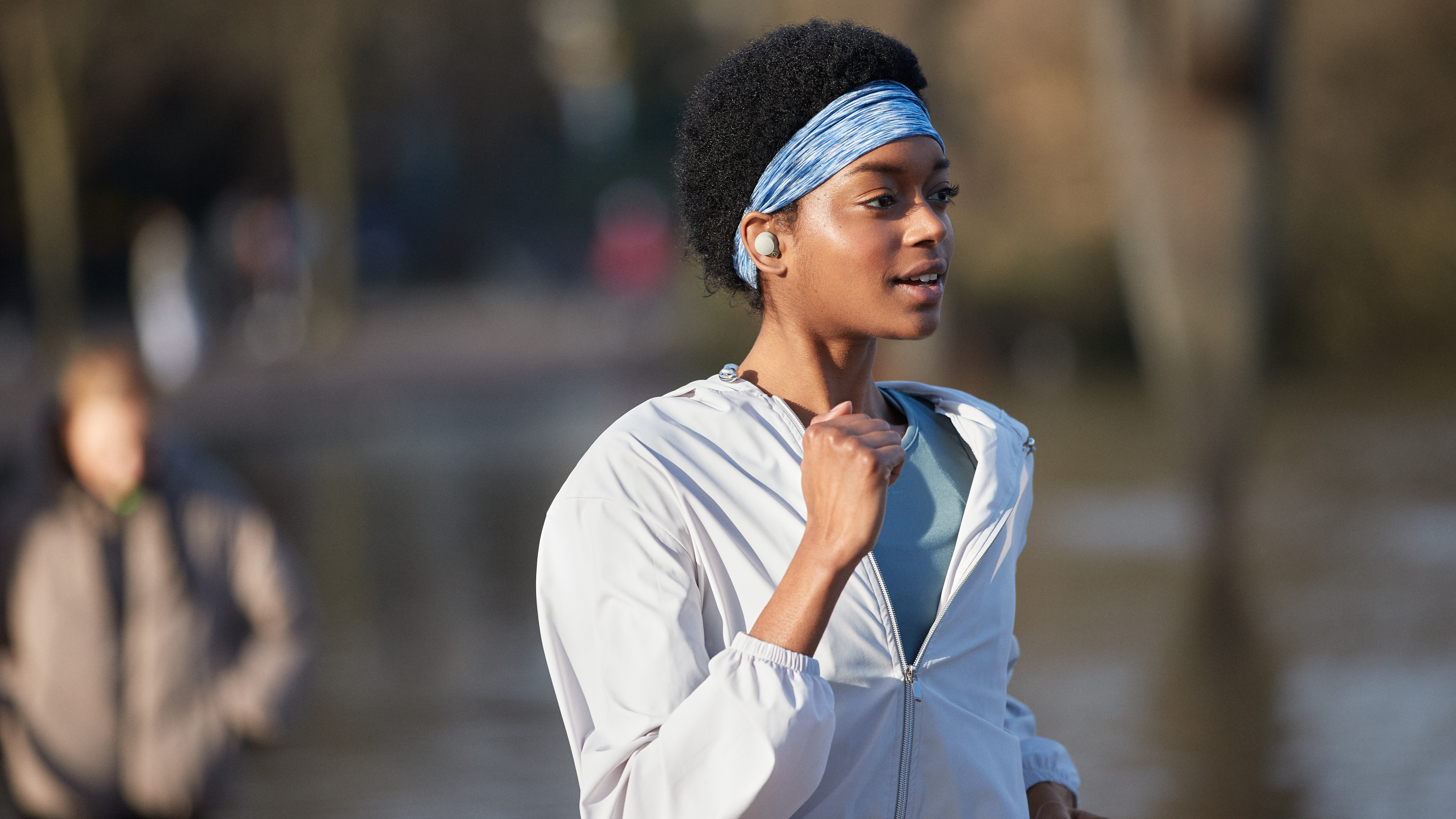5 tips to help you on your first 5K parkrun
Never run a 5K before? Here’s your five-step blueprint to success

The 5K parkrun, a global community initiative that takes place in thousands of parks most Saturday mornings, is often the first organized race a runner will tackle. The combination of a relatively short distance and free entry is a winning one, while the fact that there's almost certainly an event near you makes them ultra-accessible.
The relaxed atmosphere is also a bonus, but even so, the idea of running five kilometers in one go can seem a bit daunting. Experienced runners tend to forget what it’s like to be just starting out; while some parkrun participants will be beginners, others will be seasoned vets. But don’t let that put you off - all you’ll need is a pair of your best running shoes, although one of the best running watches can certainly help you during training. Here’s our top tips to make your first race an enjoyable, rewarding experience - and to finish with style.
1. Use the walk-run technique while training

Can’t run a full five kilometers yet? Apps such as Couch to 5K, an extremely popular program for first-time runners, help users to run further by scheduling regular walking breaks. Run for 30 seconds, walk for 45, run for another 30 seconds, and so on. The aim of the game is to gradually increase your running time and decrease your walking time, so that eventually, you’re running the whole way.
Most Couch to 5K programs will take eight to 10 weeks to complete, so if you’re unable to run a full five kilometers without stopping, using some variation on the walk-run method is a great idea. It keeps you moving forward, while allowing your heart to slow during the walking segments, ensuring you get regular breaks.
Many people say they hate running, but this is often because they run too fast, don’t take breaks, and wear themselves out too quickly. The walk-run technique is an excellent way to condition yourself for a 5K distance. If you have to take a break on race day, so what? Keep walking and give yourself 30 seconds, just like you did in training.
2. Prepare accordingly

Turning up to the line on race day isn’t as simple as stepping into your favorite pair of shorts. Check the weather: if it’s going to rain, you might choose to grab a thin waterproof top to get to and from the race in, even if you choose not to wear one on the course itself.
Other than the rain, pay close attention to the temperature. If it’s cold, bring layers – that way you can stay warm before the race starts, and shed some layers before you head to the start line. On the course, it’s generally a good idea to dress as though it’s 10-15 degrees warmer than it is, to compensate for the heat your body generates during physical exertion. If it’s going to be warm, bring some water. If it’s going to be cool, bring some water anyway, as hydration is vital to a runner’s health!
Sign up for breaking news, reviews, opinion, top tech deals, and more.
Finally, use the kit and fuel that you have practised with in training. If you’ve been eating a certain kind of breakfast before going out for runs, we recommend sticking with that, as you know it’s not going to upset your digestive system on race day. Use the running shoes you’ve been training in, too – brand new kit can leave blisters and might not be suitable for your needs.
3. Start slow, then speed up

The temptation to start strong is brought on by a surge of adrenaline during race day, and it’s true whether you’re running your first 5K or your first marathon. However, a research analysis of 1.7 million recreational runners found starting too fast can result in poorer finish times due to endurance problems later in the race. In order to enjoy yourself from start to finish, we recommend starting slower than your target race-pace, if you have one, then you can speed up after the first couple of kilometers – if you feel like it.
In order to measure how fast you’re running, you can use a running watch to check during the race and provide you with an alert after every kilometer detailing your current speed. If you’re an iPhone user, you’re naturally going to gravitate towards one of the best Apple Watches, but a Garmin Forerunner 55 is a great phone-agnostic watch for beginners, attractively priced compared to Apple Watches, and it provides access to the excellent Garmin Connect training app.
4. Arrive early

Most races start around 9am, which can be a challenge if you’re not normally an early riser. However, we recommend getting to the parkrun nice and early, as you might have to check in with a volunteer to ensure you’re already registered for the race, understand where the start line is, chat to other runners, and warm up beforehand.
Warming up often gets neglected, but it’s absolutely essential to help you run your best. Research has found a short, running-specific warmup (eight short sprints with one minute’s rest in between) will help improve your performance just as well as a long one, but we would also recommend doing a little dynamic stretching, such as toe-touches and hip circles, to make sure you’re ready for the race ahead.
Getting there early also allows you to scope out where the best places to get a post-run coffee are – or even a celebratory lunch!
5. Set achievable goals

If this is your first time running five kilometers without stopping, your goal should be to finish the race, and that’s a tough goal in itself: you should feel very proud of yourself for achieving it.
If you’ve done more than 5K in training, you might want to set yourself something more strenuous, such as completing the race in a certain timeframe. Again, a good running watch will help with that, as you’ll be able to clearly see how you’re doing at any point in the race just by glancing down at your wrist.
However, we would caution you to set an achievable goal first and foremost: if you went on your first run just a month ago, you’re unlikely to be able to run a 5K in under 25 minutes. Shooting for a goal can keep you motivated throughout your training leading up to the race, but make sure it’s one that’s possible for you to hit. That’s going to be different for everybody, but – whether you achieve that goal or not – you can always come back to parkrun next week and try again.

TechRadar created this content as part of a paid partnership with Garmin. It was written by a TechRadar journalist and was not sent to the funding partner for approval.

Matt is TechRadar's expert on all things fitness, wellness and wearable tech.
A former staffer at Men's Health, he holds a Master's Degree in journalism from Cardiff and has written for brands like Runner's World, Women's Health, Men's Fitness, LiveScience and Fit&Well on everything fitness tech, exercise, nutrition and mental wellbeing.
Matt's a keen runner, ex-kickboxer, not averse to the odd yoga flow, and insists everyone should stretch every morning. When he’s not training or writing about health and fitness, he can be found reading doorstop-thick fantasy books with lots of fictional maps in them.